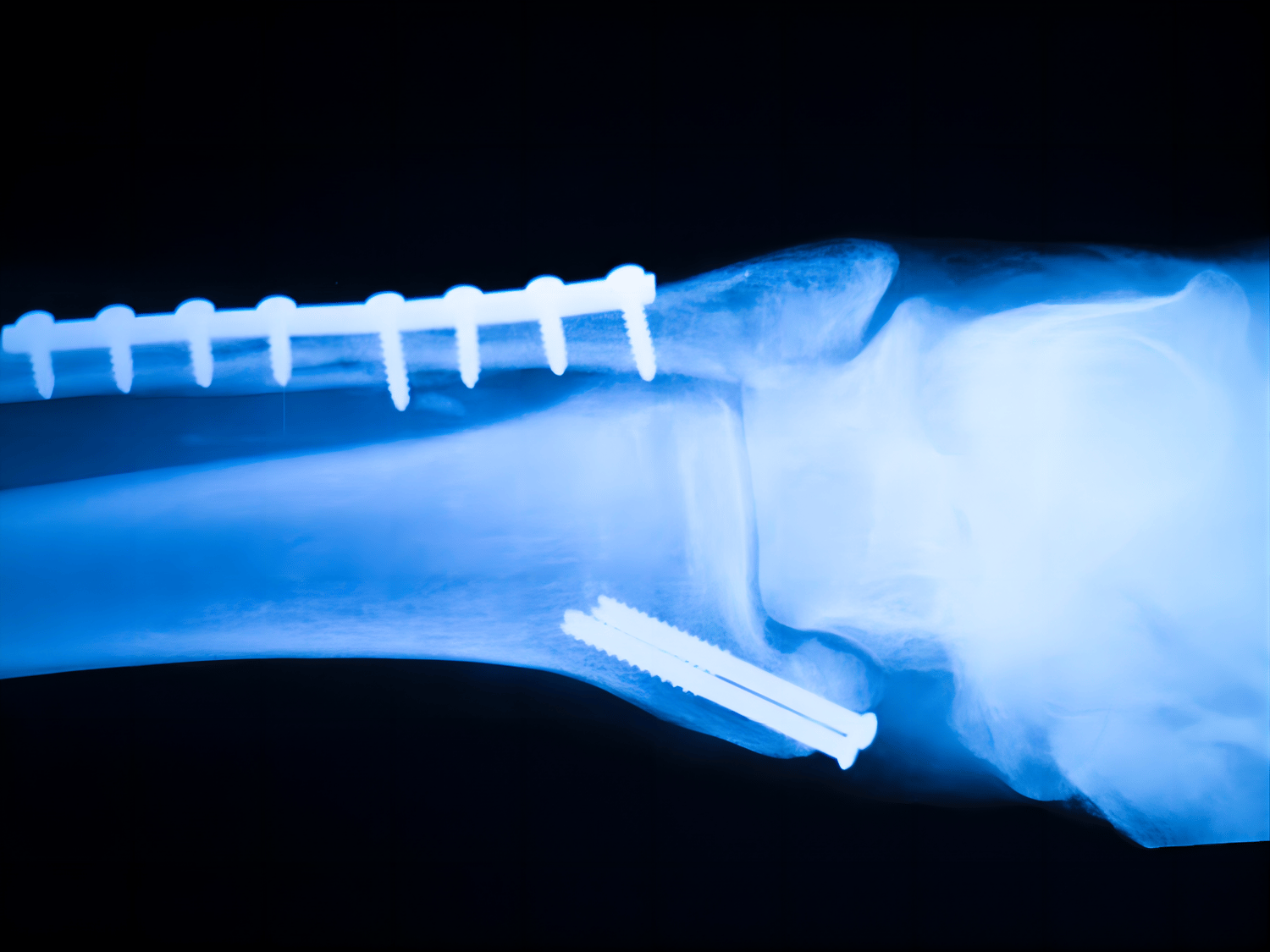Table of Contents

Advancements in orthopedic medicine, particularly in the treatment of bone fractures, have been substantial over the past few decades. A notable breakthrough in this field is the application of titanium plates in the healing process.
These innovative plates have transformed orthopedic surgery, offering numerous advantages for individuals with fractured bones. In this discussion, STA, a medical-grade titanium supplier based in China, will elaborate on key aspects concerning the role of titanium plates in bone healing.
How Titanium Plates Facilitate Bone Healing:
When a bone breaks, stabilization is essential for proper healing. Titanium plates play a pivotal role by providing the required support and stability. Meticulously designed to match the shape and size of the affected bone, these plates ensure a precise fit. The biocompatible nature of titanium allows seamless integration with the bone, reducing the risk of complications and promoting expedited healing.
Upon implantation, the titanium plate functions as an internal splint, holding the fractured bone in place. This minimizes movement, prevents further injury, and allows the body's natural healing mechanisms to operate.
Over time, the bone regenerates and remodels around the plate, restoring its strength and function. Titanium's remarkable properties, including strength, durability, and corrosion resistance, make it an ideal material for this purpose.
Advantages of Using Titanium Plates for Bone Fractures:
The use of titanium plates in orthopedic medicine surpasses traditional fracture treatment methods. Processed by a medical-grade titanium supplier, titanium is exceptionally strong, providing long-term stability and reducing the need for additional surgeries. Its lightweight nature eases the burden on patients, facilitating a more comfortable recovery.
Another significant advantage is the biocompatibility of titanium, minimizing the risk of rejection or adverse reactions. Titanium plates can remain in the body indefinitely, offering lasting support without necessitating further interventions.
Surgical Procedure for Titanium Plate Implantation:
Implanting titanium plates for bone fractures is a complex procedure requiring the expertise of an orthopedic surgeon. The process involves a comprehensive assessment of the fracture, followed by an individualized treatment plan.
During surgery, an incision is made near the fracture site to access the bone. The fractured segments are realigned, and the titanium plate is secured using special screws for stability. The incision is then closed, and the patient is closely monitored during recovery.
Types of Titanium Plates in Orthopedic Surgery:
Medical-grade titanium suppliers produce various types of plates to address specific fracture patterns and anatomical considerations:
- Compression Plates: Stabilize and compress fractured bones for alignment and healing.
- Locking Plates: Enhance stability with screws that lock into the plate, minimizing movement.
- Reconstruction Plates: Used for complex fractures requiring extensive reconstruction or bone grafting.
- Buttress Plates: Provide additional support to bones at risk of collapsing or fracturing under pressure.
The choice of titanium plate depends on the surgeon's evaluation of the patient's needs and fracture characteristics.
Are you in need of a reliable medical-grade titanium supplier for your orthopedic surgery requirements?
If so, STA is the company to contact. With our extensive experience and unwavering commitment to quality, we offer top-notch titanium plates that adhere to the highest industry standards.
We can assist you in choosing the most suitable types of plates for your specific needs, ensuring optimal outcomes for your patients. Contact STA today to get started on your titanium plate order.
